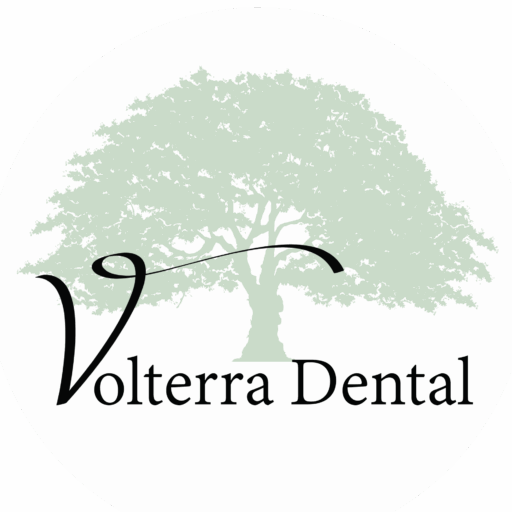
Sleep apnea is a common sleep disorder that causes you to stop breathing in your sleep. While your brain wakes enough to restart breathing, your sleep cycle gets disrupted, and several aspects of your general health can be affected.
If you’ve ever come suddenly awake, gasping for breath, you may suffer from sleep apnea. Yet, for every waking experience you remember, many more partial disturbances may scramble your sleep cycle, even if you’re unaware.
There are three types of sleep apnea, each with the capability of affecting your health. The team at Volterra Dental can be part of your sleep apnea management team, particularly if you suffer from a form of the disease that results from a physical obstruction of your airways. We design custom-made sleep guards so you get the restful sleep you deserve.
Understanding the Different Types of Sleep Apnea
There are two ways your breathing may stop when you’re sleeping.
Obstructive Sleep Apnea
Breathing requires a clear and open path for air to move to and from your lungs. When you sleep, tissue relaxes and, in some cases, collapses. When airways start to narrow, airflow speeds up through this narrowing.
This can cause relaxed tissue to vibrate, creating the sounds we know of as snoring. Snoring might not be an issue, but it is a symptom of obstructive sleep apnea. This is the most common form of the condition. Air is physically blocked from moving efficiently through your throat.
More common in men and people with obesity, obstructive sleep apnea requires treatment that helps to keep airways open. Lifestyle changes such as losing weight and improving muscle tone may also help you breathe easier.
Central Sleep Apnea
Instead of a physical blockage, central sleep apnea is caused by neurological issues where breathing signals aren’t sent properly from your brain. Breathing may be interrupted until deeper-level reflexes kick in to restart the breathing cycle. You might or might not wake up during these interruptions.
Central sleep apnea occurs much less often than obstructive sleep apnea. Heart disorders, narcotic pain medications, and stroke are some of the factors that increase your risk of central sleep apnea.
Mixed Sleep Apnea
Some people may be affected by a combination of obstructive and central sleep apnea. This is called mixed sleep apnea.
Sleep Apnea Treatments
Obstructive sleep apnea requires measures to prevent the collapse of tissue that blocks air from moving through your throat. This can include apparatus that helps you maintain positive pressure through the airways, or you may require surgery to remove tonsils and adenoids. Very obese patients may find sleep apnea fades during recovery from bariatric surgery for weight loss.
Central sleep apnea could require a change in medication routines or treatment for the disorders thought to contribute to the sleep disorder. Some central sleep apnea patients benefit from supplemental oxygen or continuous positive airway pressure (CPAP) therapy.
Sleep Apnea and Your Dentist
Custom oral appliances can prevent your lower jaw from sliding backward in your sleep. This could be all they need for some patients to stop the tissue collapse that causes snoring and breathing obstructions.
At Volterra Dental, we custom-fit your oral appliance based on the anatomy of your mouth. This night guard may be more comfortable than the apparatus used by other sleep apnea treatment methods.
When your doctor diagnoses obstructive sleep apnea, plan a visit to Volterra Dental in Los Alamitos, California. You can arrange your consultation by phone or online. Restful sleep is an important keystone to your good health. Book your appointment today.

